“I love it! I really love the playlists!” says Adriana Suazo, special education teacher in Dripping Springs, Texas. “It’s all about the personalized playlist. Once you have the template, it just works. Being able to design a personalized, customized path for your students allows you to make a bigger impact. You can meet the student where they are and work with them to serve their individual needs, timing, and pacing for lessons.” In this blog article, Suazo shares her transformative journey after taking “The Personalized Classroom” course and incorporating this methodology into one of her classroom groups.
What is Blended Learning?
In the dynamic landscape of education, the quest to provide students with a tailored and effective learning experience is an ongoing challenge for educators. Suazo believes that variety really sparks learning in students, and being able to provide an individualized experience is a game changer.
One innovative approach that has gained traction is the integration of blended and personalized learning. Blended learning combines online and offline learning to offer students more control over the time, pace, and path of their learning. It is the integration of high-quality face-to-face and online learning experiences.
With the influx of technology into schools over the last three years, it is more important than ever to consider how and why we use technology in the classroom. Suazo thinks educators could be doing it better. “I don’t think we are using technology as well as we can,” said Suazo.
Defining the Foundations of Blended Learning
Blended Learning, as explored in the course, goes beyond the traditional classroom setting by incorporating digital elements. Suazo took the self-paced online course over a few days. The primary course, “The Personalized Classroom,” is part of a new collection of asynchronous, online courses designed to explore blended and personalized learning pedagogy.

Suazo discovered the various implementation models of blended learning and gained a deeper understanding of the Blended & Personalized Learning Implementation Continuum. This new instructional framework became a guiding light as she refined strategies to integrate blended learning into her teaching seamlessly.
How Blended and Personalized Learning Fits In
Suazo currently works with multiple groups of students who spend most of their time in a general education classroom but come to her for special small-group instruction. She either works with the students in their classroom or brings them to her classroom for focused learning time. Her first use case for executing the information she learned in “The Personalized Classroom” is with a fourth-grade Math small group.
This particular group begins by working in their classroom with Suazo. She spends about an hour with them in their space before spending another 30 minutes of more focused time with them in her classroom. “I can modify and differentiate instruction to this group as needed using the personalized playlists from the course,” said Suazo.
Crafting Personalized Playlists
One of the course highlights was the exploration of playlists – a personalized and individualized approach to learning. Suazo learned how to create playlists tailored to each student’s needs, allowing for differentiation in the learning process. This course emphasized the significance of understanding diverse learning preferences and tailoring playlists to address these differences effectively.

Launching Playlists in the Classroom
Suazo started to gradually introduce the idea of playlists into the Math small group. “I introduced it here and there and told the students to try it out – these are called playlists,” says Suazo. Some of her initial thoughts on the playlists were how can we use them, what will we get out of them, and how can we customize them for each student.
The students embraced the idea of having their own personalized playlists. For Suazo, the bigger impact was meeting the students where they are and having more time to spend with them in a one-on-one setting. “The playlists give me the opportunity to discuss a student’s individual needs with them.” The playlists have had a positive impact on her students. The shift from traditional lesson plans to playlists allowed students to take ownership of their learning.
Customizing Playlists Along the Way
Suazo feels like she continues to change this methodology the longer she works with it but says it’s easy to make those changes. Time and pacing is an essential part of building the personalized playlists. Sometimes, there is a long unit followed by a much shorter one. She continues to adapt and modify playlists based on the pacing, student goals, and Individualized Education Program (IEP) requirements. The flexibility of the playlists allows for tailoring a learning experience for each student.

“The approach holds the student accountable,” said Suazo. “Now we can ask questions like, ‘What have you already done on your playlist?’” Additionally, she collects feedback from students using other methods like a Google Form.
Through the use of the form, she emphasized the importance of creating a feedback loop. Students actively contribute to the evolution of playlists, ensuring that their voices are heard in the learning process. This exemplifies the ultimate goal of blended learning which is for students to experience more personalized instruction.
Suazo’s next steps with the playlists are to include them as an item of discussion during parent conferences. She sees the potential for increased parent involvement and thinks the playlists can positively impact parent-teacher communication as well. The playlists can continue to provide insight into students’ experiences, and parents can offer additional support for learning at home.
Advocating for Blended Learning and Playlists
Now that she’s taken the course and has experience with playlists, Suazo is encouraging her fellow teachers to take the course. “It takes off some of the stress and kid’s love it!” says an enthusiastic Suazo. “I love it!”
She encourages teachers to embrace the concept of blended learning and personalized playlists, emphasizing that the initial effort pays off in the form of a more engaged, motivated, and empowered classroom.
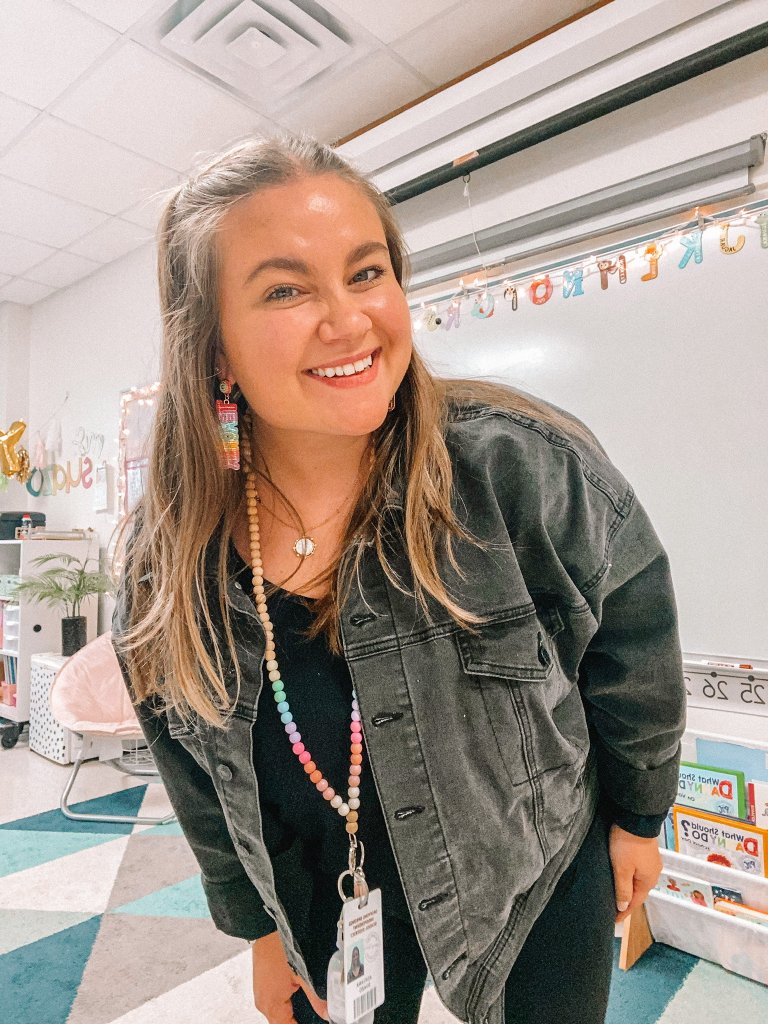
About Adriana Suazo
Adriana Suazo is a Special Education teacher in Austin, TX. She has experience working with a range of grade levels and disabilities. Suazo strives to be a lifelong learner and continuously keeps up with research-based practices and strategies to implement in her classroom.
Conclusion
From the initial exploration of “The Personalized Classroom” to the ongoing evolution in her classroom, Suazo’s experience serves as a beacon for educators seeking to revolutionize their teaching methods. Blended learning and personalized playlists, when implemented thoughtfully, have the power to transform traditional classrooms into dynamic hubs of personalized learning, fostering a love for education in every student.
For more information on Blended & Personalized Learning, visit our website. Here, you can find information on ESC Region 13’s Blended & Personalized Learning Program and all the courses we currently offer. The course mentioned in the blog, “The Personalized Classroom,” is available here. Read more about blended learning on our blog.
Holly Zeiner is the Content Marketing Specialist at ESC Region 13.

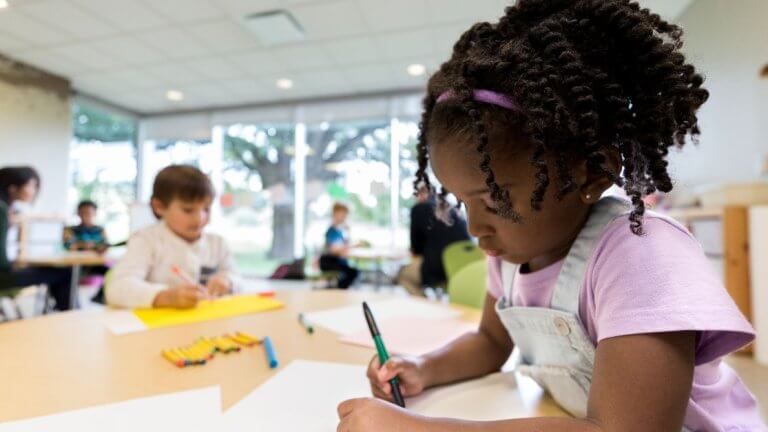
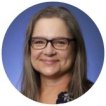

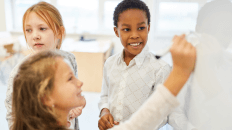
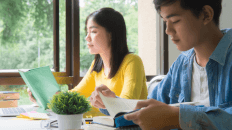
Add comment